Where To Spend And Save Money On Golf Gear
Where should you save and spend on golf gear?

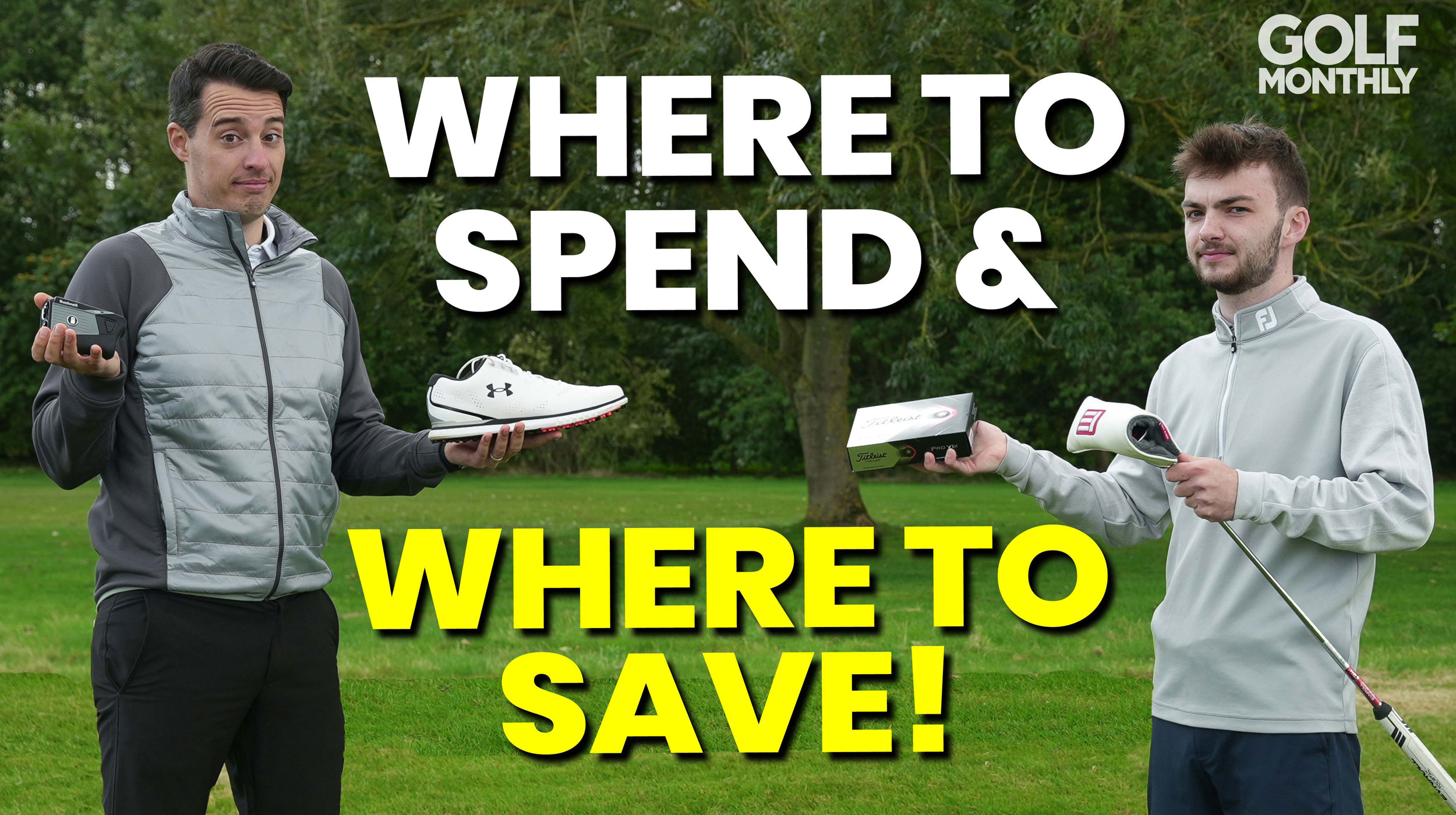
There is no denying golf can be an expensive sport compared to others and as a result golfers have to make choices on where they should spend, and where they should save their money. That is where this video and explainer comes in.
We have covered pretty much the entire bag here and it is also worth saying that a great way to save is going second-hand. However there are two main pitfalls here with the first being you should be wary of buying clubs that have been fitted for someone else because they might play at a different level or have a totally different swing to you. Secondly, you might not be able to trust where the club is coming from in some cases.
But even when buying new equipment there are some factors you should be aware of. First is your ability because this will likely dictate which clubs or gear you are after - you should really look to invest money in the areas of your bag that you are the weakest so you can improve.
You also need to have a clear idea of your budget because this will dictate where you spend you money as some categories like drivers and irons and are more expensive than others, like balls or shoes. So where should you spend and where should you save? Read on to find out...
Balls
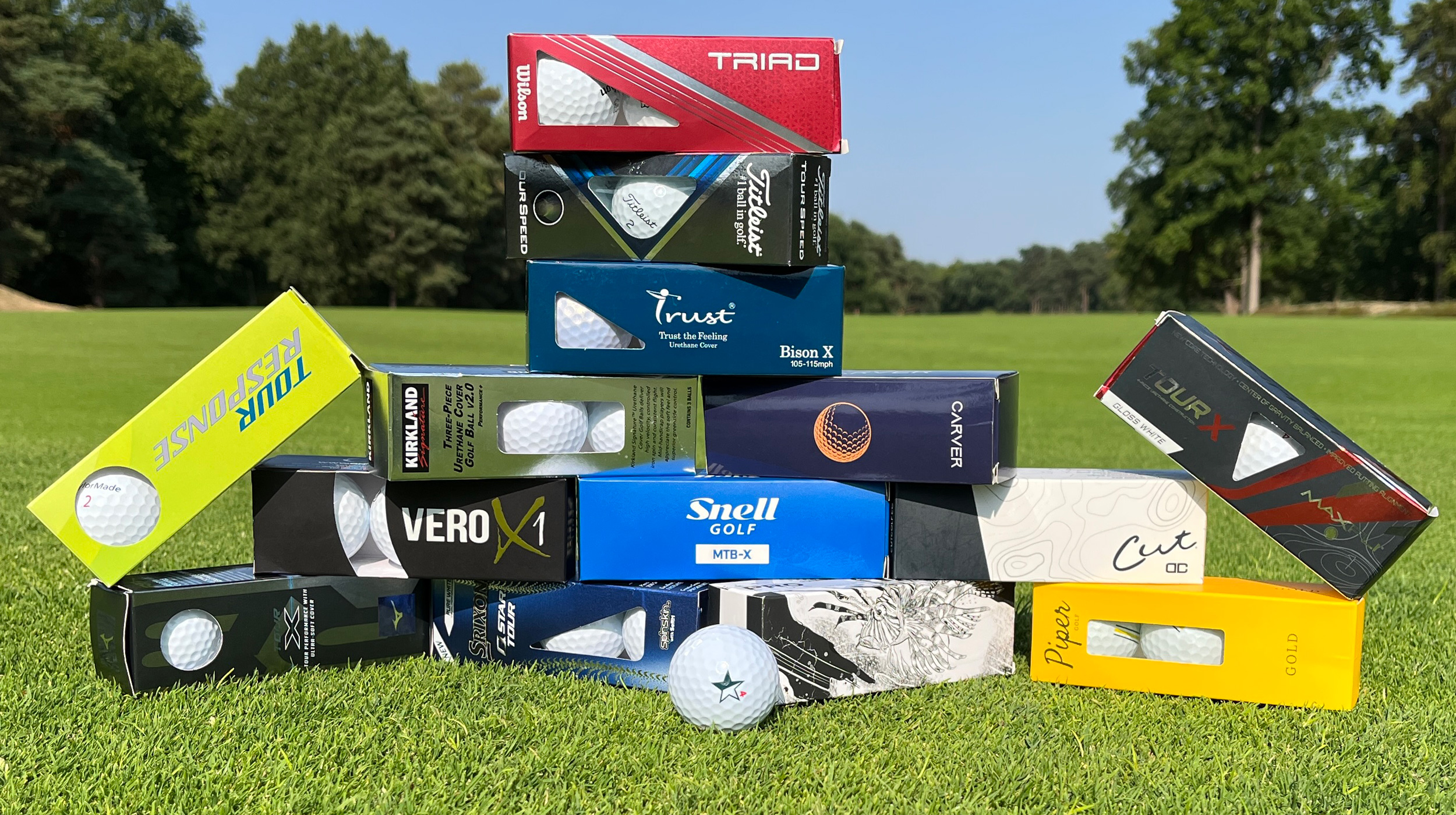
One area to save your money is golf balls. Premium balls like the Titleist Pro V1 are incredibly consistent and lots of golfers rely on this and repeat purchase, but there are some excellent mid-priced options that really don’t sacrifice much in terms of performance. You can get some very good models like the Titleist Tour Soft, Srixon Q-Star Tour, or TaylorMade Tour Response, all at a lower price point than the best golf balls on the market.
Drivers

The general consensus on choosing the right driver is that it's worth splashing the cash for the right model. The RRP of the best drivers do keep climbing at the moment, with many costing between $450 and $550 but we think it is worth the investment.
People can also dip into the second hand market, but we think it's worth paying that little extra for a custom fitting of a new model so it can be tweaked and set up to match the playing characteristics of your game.
Subscribe to the Golf Monthly newsletter to stay up to date with all the latest tour news, equipment news, reviews, head-to-heads and buyer’s guides from our team of experienced experts.
The performance difference between budget models and the top drivers is pretty significant, it is a club you rely on to get you in play off the tee and if you spend a little more you can get a custom fitting as well so the driver works best for you. The benefits of investing in top models also include high-quality materials and components, and best-in-class forgiveness so don't skimp in this area of the bag.
Putters
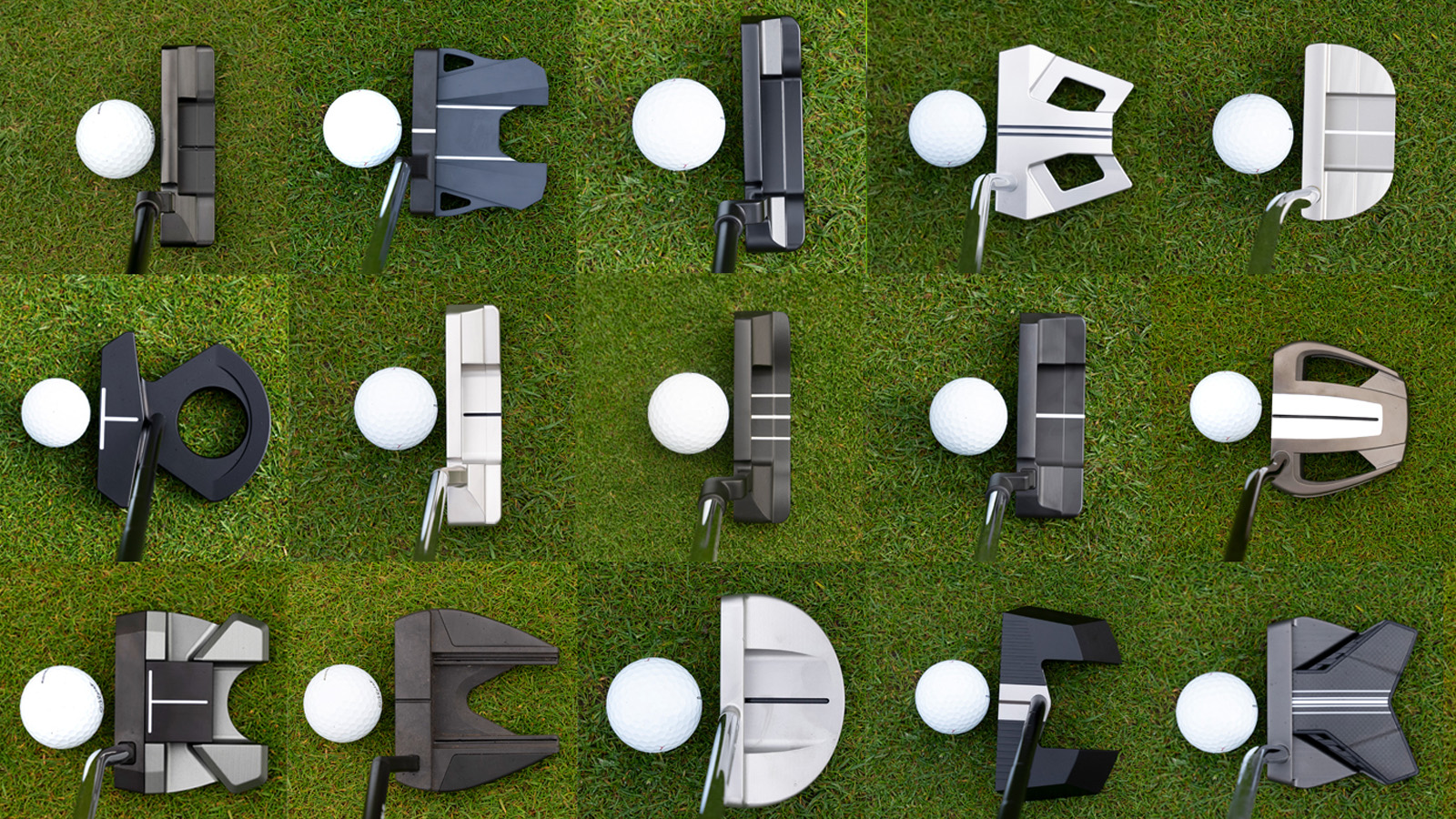
The next area to mention is putters where there are two main arguments. Many believe that because technology in putters has less of an impact than any other area of the bag, we can save a bit of money with a putter, potentially going down the second hand route or going for an older model. One can argue that a putter any price point will do the job of getting the ball rolling end-over-end towards the cup and it's up to the player holding said putter to guide it into the bottom of the hole.
The counter agrument is that the putter is the most used club in our golf bag, one we will (hopefully) be using on every single hole during a round, so it makes sense to spend a little more to equip yourself with something you really like. In relation to higher handicap players, putting is the easiest way to shave shots off your total for the round so why not invest in a more forgiving putter that could lead to that handicap coming down?
Wedges
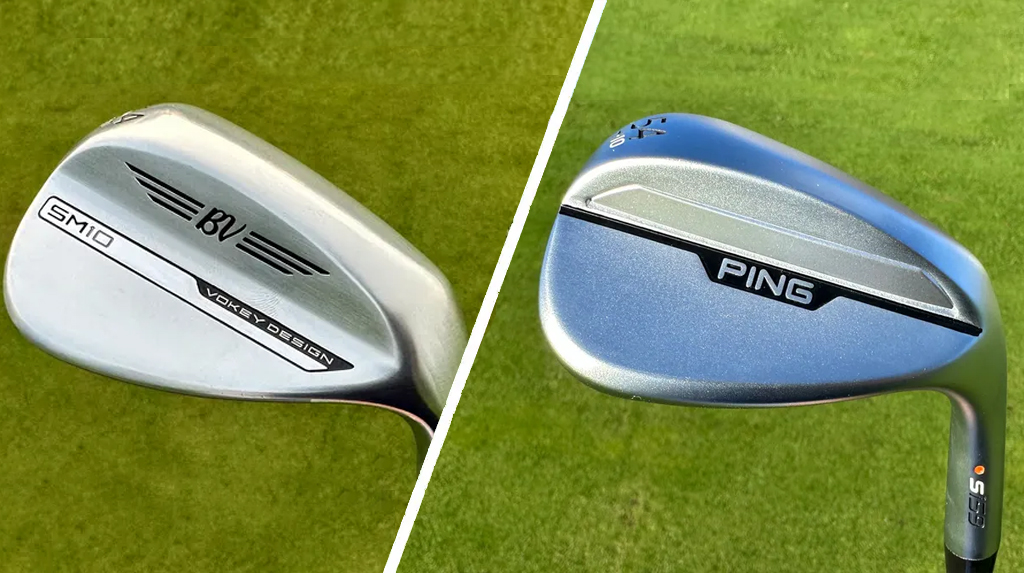
Wedges are up next, an area you should definitely not try and cut financial corners. Whilst you could save by going for three wedges over four, they still need to be high-quality because the short-game is an area where many shots can be saved.
Going for one of the best golf wedges will mean more loft, grind and sole options meaning you can get wedges to suit your game. Additionally because of how often we use the wedges, they can deteriorate quickly which will create a drop-off in spin, and consistency can also be hindered here.
Laser Rangefinders

We think you can save on lasers. The entire Golf Monthly team have tested all the latest models and we found there is not actually that much different between a laser that costs $150, and one for $350 - especially if all you’re really after is point and shoot functionality. Yes, if you want to clip it to your buggy or want it to show you GPS yardages or hole maps you’re going to need to pay more but for something to give you simple distances to the flag, a laser rangefinder doesn’t need to cost the earth.
Irons
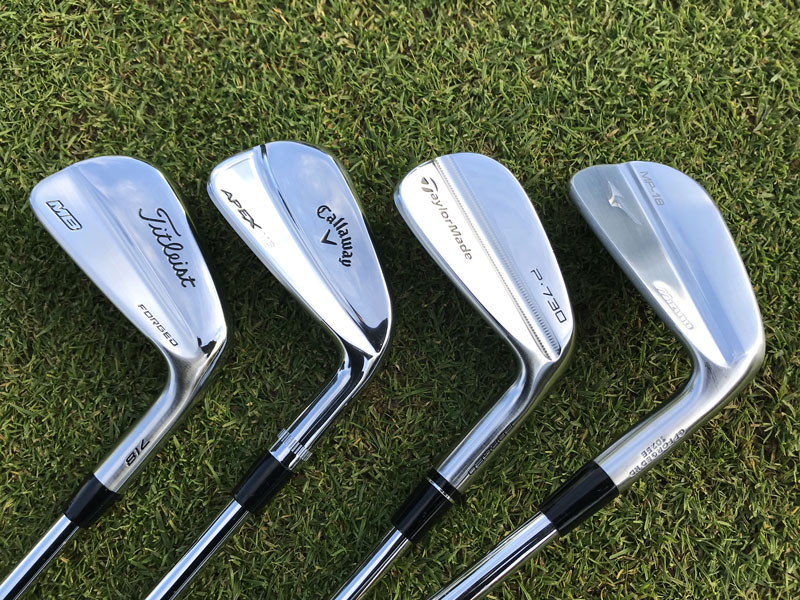
Another area to spend is on the irons. Obviously they populate a lot of spots in the bag so it makes sense to invest here, especially because you will likely have them for a good few years. On that note, because irons are expensive anyway, you might as well spend a little bit more and get a custom fitting as well.
Additionally, from our testing we have found older irons, or less expensive ones tend to offer worse feel as they tend to feel harder and harsher. The ball-striking experience isn't quite what you want so spend money on your irons and you won't regret it.
Shoes

The next area to save is golf shoes. You can get some excellent models for $120 or so, in fact we recently created a guide on the best golf shoes for under $100, whilst the top of the range models often come with an RRP of closer to $200. Admittedly you are paying for quality, durability and styling but overall shoes are an area you can save without sacrificing too much comfort or performance. If you do decide to save this does not mean you have to go for a lesser name brand either as FootJoy, Under Armour, Ecco, Adidas and so on, all offer shoes at less expensive price points.
Carts
The final section is one in which there are disagreements on the right strategy - golf carts, or trolleys in the United Kingdom. One argument is that you can save money by opting for a push cart over an electric one. Alternatively if you do want an electric model, there are some less expensive models from brands like MGI, for example.
Others would disagree, arguing that spends money on a good electric trolley is worth it. Electric trolleys do a lot more than they used to - they can keep score, provide you with GPS help, measure distance for shots and more. Some even steer themselves or can be done handsfree. So while a top of the range, GPS-enabled electric cart costs a bit more (around $800), this does remove the need for an external GPS device. Additionally these carts last a long time because the frame and batteries on modern designs are so robust you can easily get years and years out of them.

Joel has worked in the golf industry for over 15 years covering both instruction and more recently equipment. He now oversees all equipment and video content at Golf Monthly, managing a team of talented and passionate writers and presenters in delivering the most thorough and accurate reviews, buying advice, comparisons and deals to help the reader or viewer find exactly what they are looking for.
One of his career highlights came when covering the 2012 Masters he got to play the sacred Augusta National course on the Monday after the tournament concluded, shooting a respectable 86 with just one par and four birdies. To date, his best ever round of golf is a 5-under 67 back in 2011. He currently plays his golf at Burghley Park Golf Club in Stamford, Lincs, with a handicap index of 3.1.
Joel's current What's In The Bag?
Driver: Titleist GT3, 9°, Fujikura Ventus Black 6 S shaft.
Fairway wood: Titleist TSR3, 15°
Hybrid: Titleist TSi2, 18°
Irons: Titleist T150, 4-PW
Wedges: Titleist Vokey SM10, 50°, 54° and 58°
Putter: LAB Golf DF3
Ball: 2025 Titleist Pro V1x
- Dan ParkerStaff Writer
- Sam TremlettSenior E-commerce Editor